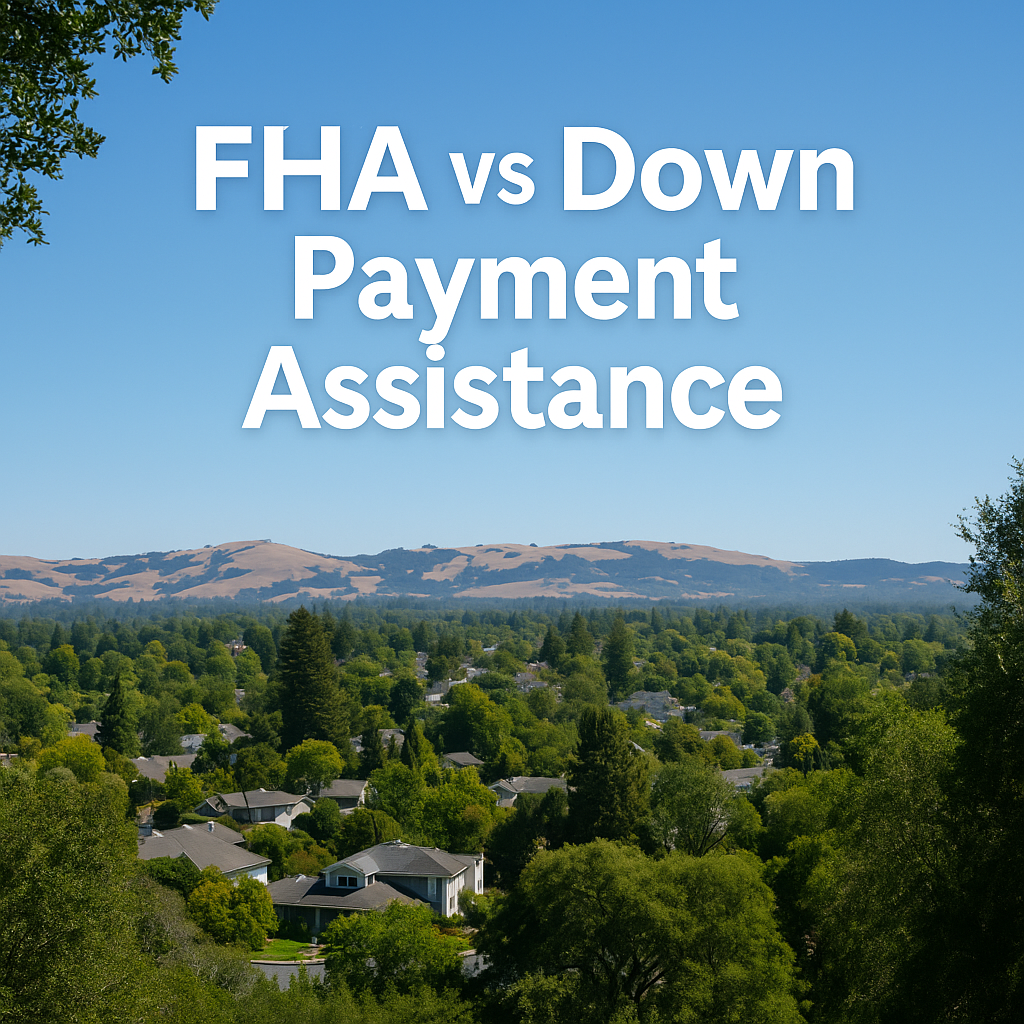
With interest rates at historical lows, many families across the country would stand to benefit from turning in their high-cost mortgage in exchange for getting something far more affordable with today’s rates. There’s a lot that goes into the mix, including cost-benefit, what the real cost of funds is and many other factors to weigh in when deciding to restructure your debt. Here is some real thing to give some consideration to if you’re thinking about refinancing your mortgage…
One of the dilemmas borrowers have in choosing whether or not to refinance our mortgage is cost-benefit. How much cost does in order to attain XYZ benefit? Generally, take the monthly savings generated by refinancing and divide that figure into the costs of getting the mortgage. It doesn’t matter whether the cost of getting a mortgage or paid in cash or whether costs are financed math remains the same. The ideal situation would be to recoup your funds within at least 2 years anything longer still might make sense you just need to give some more consideration to what your long-term plans are for holding the mortgage and property.
One of the biggest dilemmas borrowers have alongside cost-benefit is debt. Refinancing to consolidate debt is a very popular financial strategy that can dramatically impact your bottom line. Let’s say being the smart consumer you are you got yourself a 3% 30-year mortgage. Let’s also say you have mounting consumer debt comprised of student loans and higher interest credit cards. If you do a cash-out refinance you’re going to have to take a higher rate say 3.25 for example because your credit score is lower due to debt load.
In this type of example, it’s the classic case of the chicken in the egg you need to have a higher credit score to get a better interest rate, but in order to get a higher credit score, you have to pay off the debt quite the conundrum right? Well here’s something to consider …the cost of keeping your 3% loan is supported by paying 12 to 15% on the consumer debt, a mathematical equation which indeed does not pencil out.
You could cash-out refinance (consolidate all of your debt) save the money and have a blended cost of funds be around 3.25% for example. To illustrate the point here don’t chase over dollars to get dimes. Remember we don’t know what interest rates in the future are going to do and keeping a 3% 30-year mortgage as an example when you have other debts out there at 12-18% which are non-tax-deductible is not a recipe for sound financial budgeting. Consolidating all those debts and doing something prudent with the monthly savings could do wonders for you and your family over the course of time.
Looking to refinance into a more affordable option? Get a quick quote now!



